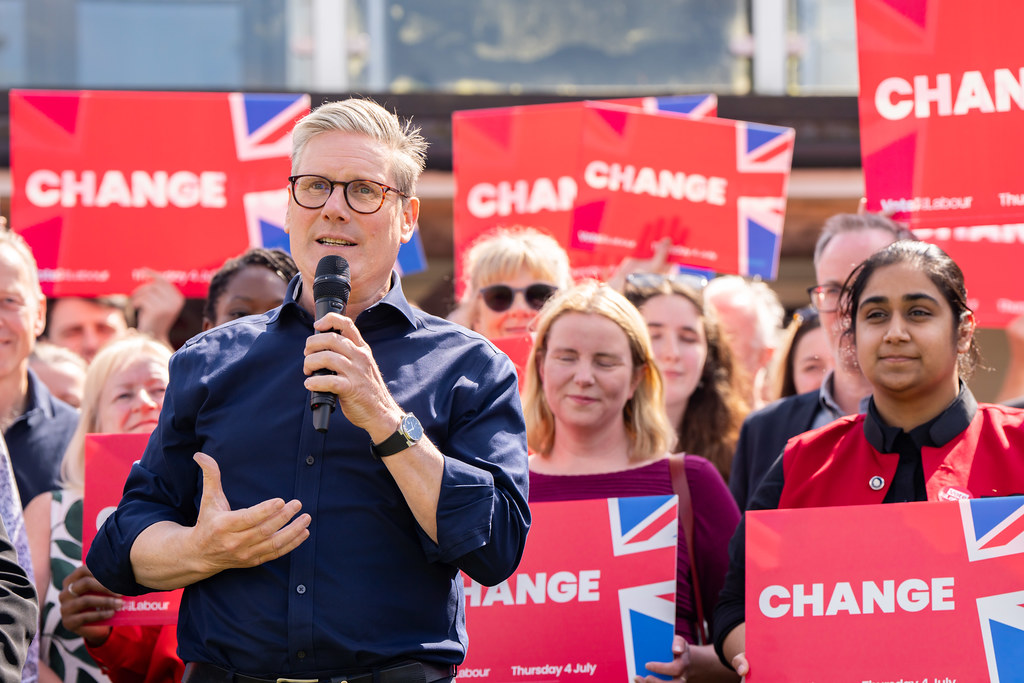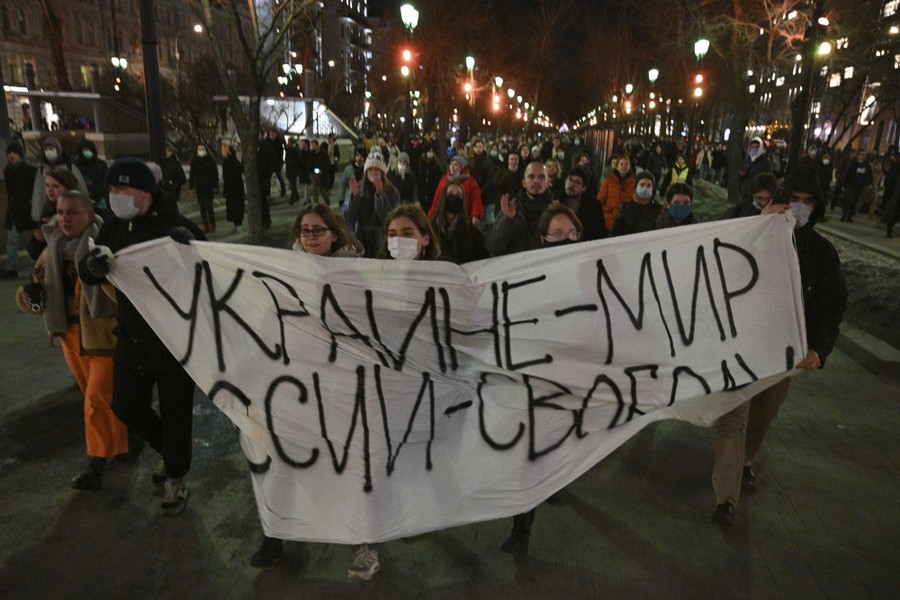Don’t be fooled by Boris Johnson’s jovial act. Britain’s new prime minister is a nasty hard-right Tory whose elevation has been welcomed by Donald Trump and Steve Bannon. The change over from Theresa May’s to Johnson’s government is radical. In British politics, a Cabinet reshuffle in 1962 has gone down in history as the “the night of the long knives”, a reference to Hitler’s 1934 purge. In the 1962 reshuffle seven ministers lost their Cabinet seats. In Johnson’s reshuffle seventeen lost their seats, eleven sacked and six by pre-emptive resignations. Britain now has a more rightwing government than any of Margaret Thatcher’s administrations; and that is saying something.
Johnson has rewarded Tories who backed the 2016 Vote Leave campaign. The qualification he set for Cabinet office was endorsement of a “hard Brexit” on 31 October, come what may, deal or no deal, “do or die.”
Sajid Javid has become Chancellor of the Exchequer. He’s an extreme neoliberal, a very wealthy former banker.
Priti Patel has become Home Secretary. Control of immigration is part of the role. As International Trade Secretary she had to be sacked by May for unauthorised dealings with the Israeli government. She’s the daughter of capitalists who own a chain of shops. Patel has called for the introduction of the death penalty.
Dominic Raab, the new Foreign Secretary, completes the appointments to the “Great Offices of State”. Before his political career, Raab was a high-flying lawyer and Foreign Office official. He helped pull the plug on May’s administration by resigning as Brexit Secretary to oppose the Withdrawal Agreement with the EU.
Johnson’s appointments to these top jobs cannot be faulted for lack of ethnic diversity. Javid is Muslim, Patel the child of Ugandan-Indian immigrants and Raab’s father Jewish. This line up does not signal an anti-racist government; quite the opposite. Johnson’s team selection is an object lesson in class prevailing over all else.
Johnson has appointed the ever-so-posh Jacob Rees-Mogg as Leader of the House (responsible for Parliamentary business). Rees-Mogg is leader of the far-right ERG faction of the Tory Party.
The vision of these hard-line brexiteers is ultra-neoliberalism. For example, Liz Truss, the new International Trade Secretary, is proposing free-trade zones at ports and airports that will be tax-free and exempt from the “red tape” of such things as planning and labour laws.
This triumph by the rightwing of the Tory Party has limited similarities with Trump’s 2016 presidential victory as a Republican outsider. Johnson was voted in by the Tory Party rank and file, that sewer of prejudice and reaction. But many Tory professional politicians, most of whom only three years ago were for remaining in the EU, do not support him.
Johnson has the same difficulty as Theresa May had in getting a decision on Brexit through the House of Commons. The Tories rely on an agreement with the Democratic Unionist Party for a parliamentary majority on a confidence vote. May could not get her “soft Brexit” deal through the House of Commons as it was opposed by rightwing Tories, including the ERG faction, and the DUP.
The DUP is a reactionary party in the north of Ireland dedicated to Protestant sectarianism and the Union with Britain. They object to the Irish “backstop”, which was part of May’s Withdrawal Agreement and is insisted upon by the EU and the Republic of Ireland. The backstop is a commitment devoted to preventing physical controls along the border between Ireland and Northern Ireland, which is simultaneously the land border between the UK and the rest of the EU. The backstop commitment is that as long as there is not a negotiated agreement on border controls, Northern Ireland, if not the whole of the UK, will remain in the EU Single Market and Customs Union. This is abhorrent to the DUP who see the backstop as step away from the Union.
Johnson, styling himself as a Unionist, and his government are against the backstop, although the imposition of border controls by the British would breach the Good Friday Agreement that ended armed conflict in the north of Ireland. As much as Johnson gains the support of the DUP and the ERG, he cannot get the support of “soft Brexit” and Remain Tory MPs who, given a vote, would frustrate a “no deal” Brexit.
The Brexit crisis has opened up the issue of Britain’s colonial territory in Ireland. The majority in the north of Ireland was for Remain in the 2016 referendum and since then calls have been made for a referendum on the unification of Ireland.
The other territorial fault line aggravated by the crisis is the continuance of Scotland within the “Disunited Kingdom”. A majority in Scotland also voted to remain in the EU and are set on a collision course with the rest of Britain if or when the UK leaves.
To add to Johnson’s difficulty with the parliamentary arithmetic, the Tory-DUP majority has gone down to one seat as the Tories have just lost the Brecon and Radnorshire by election.
One solution to Johnson’s predicament that has been discussed is the prorogation, or closing, of Parliament, which would allow the government to leave the EU without a vote in the House of Commons. There are also discussions on whether it is already too late to table a confidence vote and to hold a general election before Britain exits the EU without an agreement on 31 October. However, taking any route that gets around a House of Commons vote on a “no deal” exit would cause a constitutional crisis and is fraught with danger.
As much as one can say in these extraordinary times, the odds point to a general election being called after the (northern hemisphere) summer parliamentary recess, along with a postponement of the leaving date being agreed to by the EU. Johnson may be planning to call a general election anyway, but it could easily result from a House of Commons vote of no confidence.
With the Tories internally divided and rightwing voters divided between the Tories and the Brexit Party, an autumn election could be a golden opportunity for Corbyn’s Labour to come to power.
Unfortunately, there are question marks over Labour’s ability to win. Labour’s own divisions over Brexit have led to the party not having a clear policy. The majority of Labour Party members are for remaining in the EU, but Corbyn’s refusal to come off the fence and lead the remain camp with leftwing policies has cost the party dear. In the aforementioned Brecon and Radnorshire by election Labour’s vote went down from 17.7 percent in 2017 to only 5.3 percent. This was a seat that Labour held in the 1970s. Labour’s traditional supporters voted for the Liberal Democrats on a tactical basis to beat the Tory. To prevent Labour supporters voting tactically in a general election, Corbyn must come off the fence over Brexit and lead a campaign on the sort of leftwing manifesto that twice got him elected Labour Leader and got the party’s vote up to 40 percent in 2017.








